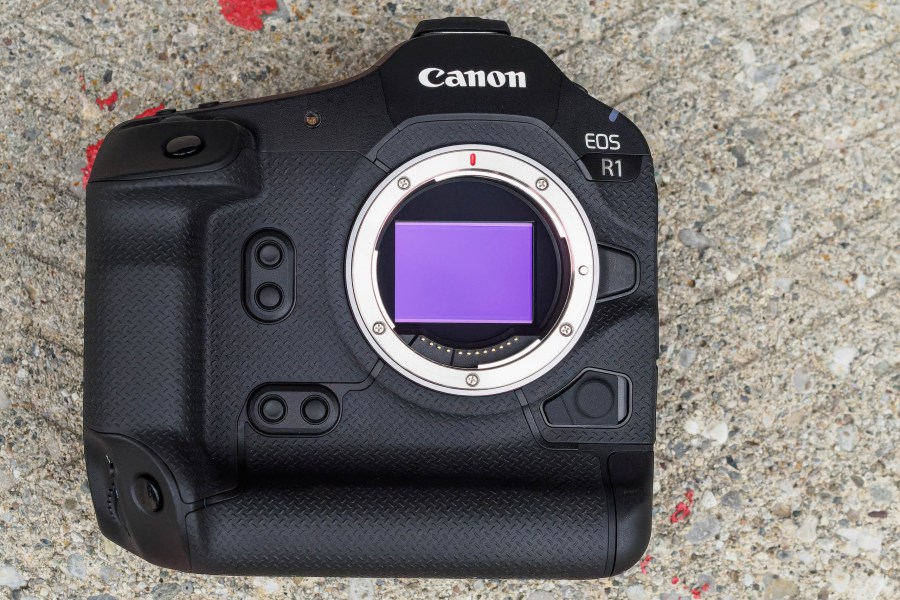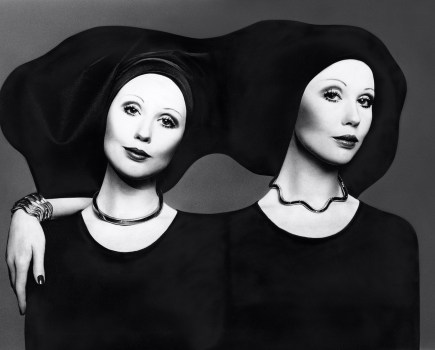Even the best camera phones for photography can boast ridiculously high resolutions with smartphones like the Samsung Galaxy S25 Ultra packing a monstrous resolution of 200MP.
When digital cameras started to become mainstream around the turn of the millennium, with cameras like Canon’s first DSLR – the EOS D30, camera manufacturers needed a metric to differentiate between models that would make it easy to understand why one model is better than another. Whilst this was certainly useful back in the day due to the manufacturing limitations of cramming pixels onto a digital sensor, 25 years on – I think it’s a bit of an outdated metric. Let’s take Canon’s latest and greatest EOS R1 flagship as an example – it retails for a cool $6,299 / £6,799 and only packs a 24.2MP sensor, so does that make it worse than a smartphone?
Of course this isn’t the case. Megapixels are just one metric we use to compare camera specifications, and I’d argue it’s not the most important one anymore. The overall compactness of a camera, burst rate, speed and ability to change lenses are all features I would personally prioritise over resolution, though the one I’d pay the most attention to is sensor size.
Here’s why the one I’d pay the most attention to is sensor size.
A larger sensor size gives the pixels more room to breathe and helps create cleaner images at higher ISO values – in other words, you’ll see a better performance in low light as the sensor captures more light. But a sensor’s size also directly affects your depth of field. Larger sensors, such as APS-C, full-frame and even medium format will increasingly make it easier to achieve shallow depth of field effects. This is one of the reasons why it’s so difficult to achieve a shallow depth of field to blur backgrounds when shooting with the small digital image sensors found in smartphones, without turning to software / AI to cleverly blur backgrounds and, in fairness, I’ve been pretty impressed by what I’ve seen.
On the flipside, AI is also being utilised with lower resolution cameras to upscale them in-camera. Using the Canon EOS R1 as an example once again, the EOS R1 features in-camera upscaling AI to enlarge its 24.2MP images by a whopping four times to 96MP! So you could argue that its base resolution doesn’t matter all that much anymore with the abilities of modern upscaling software and artificial intelligence.
Lastly, consider where your images are going to end up. Most of us will likely be sharing our images on social media, in which case your photos are only going to be displayed on a small phone screen, in which case a huge resolution isn’t going to help your images look any better. Even if you plan to print your photos you’ll only need a resolution of 18MP to print at A3, or 34MP to print at A2, so pie in the sky resolution figures like 200MP are seriously overkill, unnecessary and are probably not conducive to good image quality.
Related reading
- Can we stop going on about megapixels?
- How much resolution do you actually NEED?
- APS-C vs full-frame – Which sensor size is best, and why it matters
The views expressed in this column are not necessarily those of Amateur Photographer magazine or Kelsey Media Limited. If you have an opinion you’d like to share on this topic, or any other photography related subject, email: [email protected]







